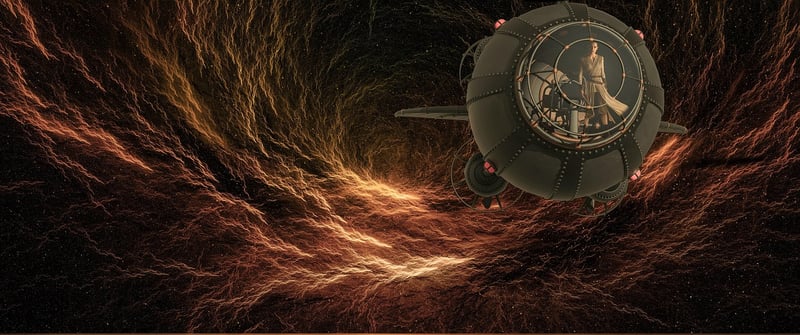Wormholes
The Science Behind Time Travel and Wormholes
Time travel has been a fascinating concept in science fiction for decades, but is it actually possible according to science? One of the theoretical ways to achieve time travel is through the use of wormholes, which are hypothetical tunnels in spacetime that could create shortcuts for long journeys across the universe.
What are Wormholes?
Wormholes, also known as Einstein-Rosen bridges, are theoretical passages through spacetime that could create shortcuts for travel between two separate points in spacetime. They are predicted by the theory of general relativity but have not been observed or proven to exist.
How Could Wormholes Enable Time Travel?
If wormholes exist and can be traversed, they could potentially allow for time travel. By manipulating the endpoints of a wormhole, theoretically, one could create a scenario where time passes differently at each end. This could result in time dilation or even allow for travel to different points in time.
The Challenges and Limitations
While the concept of using wormholes for time travel is intriguing, there are significant challenges and limitations. The energy required to stabilize a wormhole and prevent it from collapsing is immense, and the existence of exotic matter with negative energy density, which is hypothetical, is necessary to keep a wormhole open.
Conclusion
Time travel through wormholes remains a topic of speculation and theoretical physics. While the science behind it is complex and full of uncertainties, the possibility of one day unraveling the mysteries of time travel continues to captivate both scientists and science fiction enthusiasts alike.

For more information on time travel and wormholes, you can check out Space.com's article on time travel.
